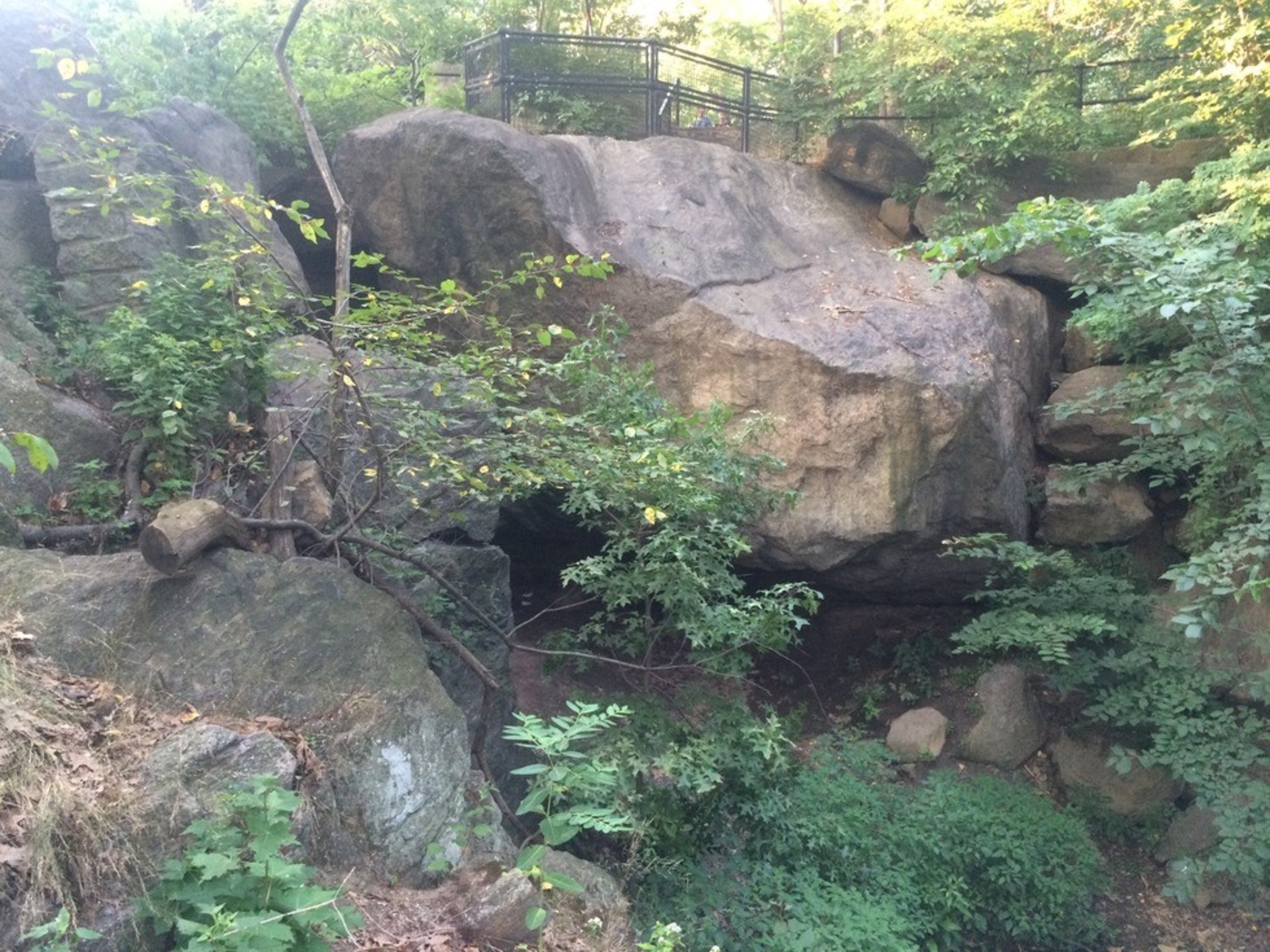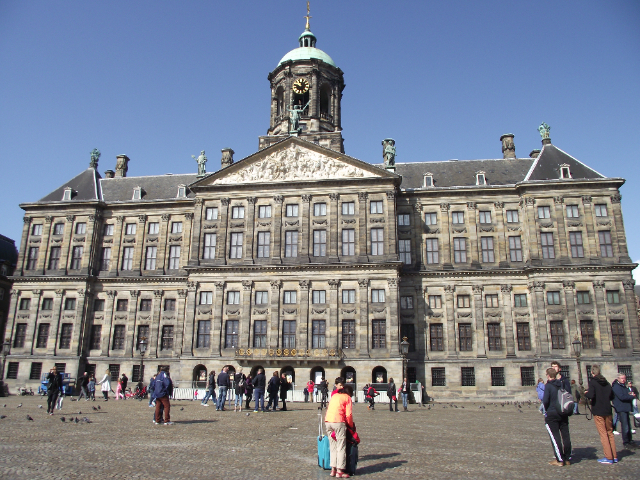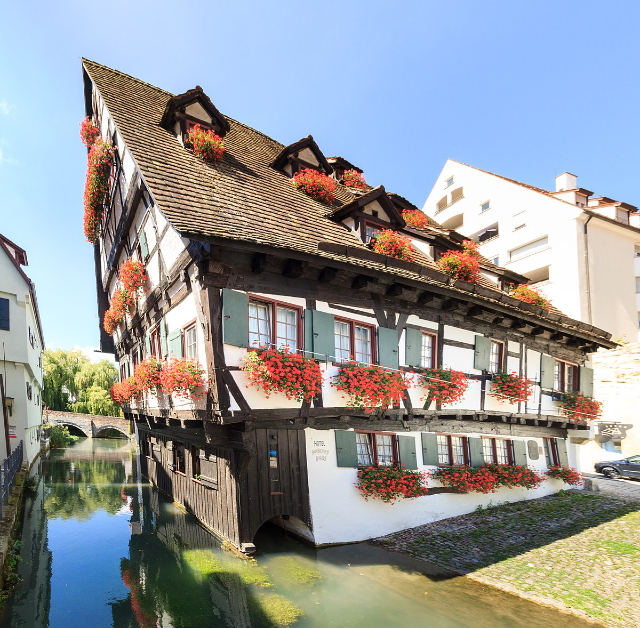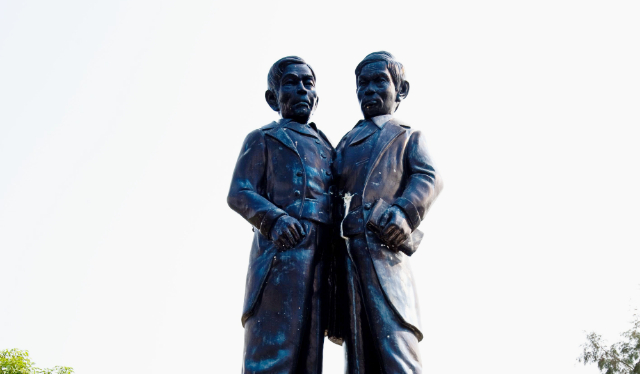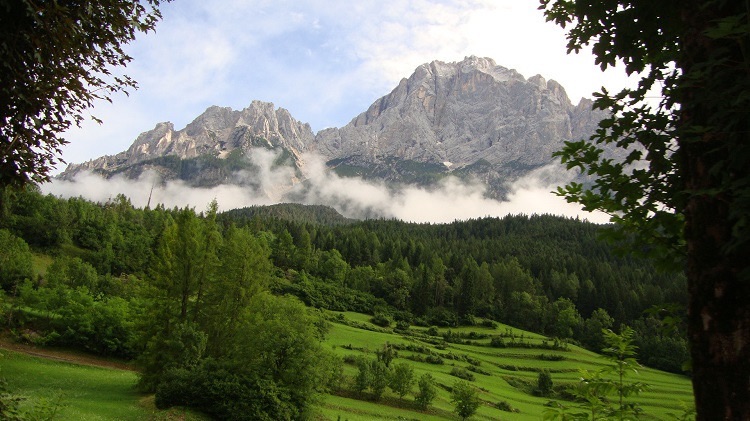In New York, walking along the paths near one of the lakes in Central Park – what is didactically called "The Lake" – you reach an area with thick vegetation and some narrow, winding paths. The area is called "Ramble" (i.e., "the boardwalk") and in some places the tree canopies are so thick and the paths so camouflaged among the plants that it doesn’t feel like Manhattan. In the northern part of the lake, very close to the shore and now half-hidden by vegetation and stones, there is a cave that has its own history, and is known as Ramble Cave or Indian Cave, because it is thought that in the past it was inhabited or used in some way by American Indians.
Since the late nineteenth century the cave became very popular in the town. A tour guide from that period described it as: "A great attraction for boys and girls, but also for slightly older children!". In reality, it was frequented mainly by adults, especially by couples looking for a secluded place but sometimes also by homeless people seeking shelter. In 1897, a fifteen-year-old runaway girl took refuge there, staying hidden for a month. Years later, during the Great Depression, a couple left without work and without a home would live there for months. Starting in the twentieth century, however, a series of violent events gave the cave a bad reputation, which in a few decades convinced the authorities to close it.
